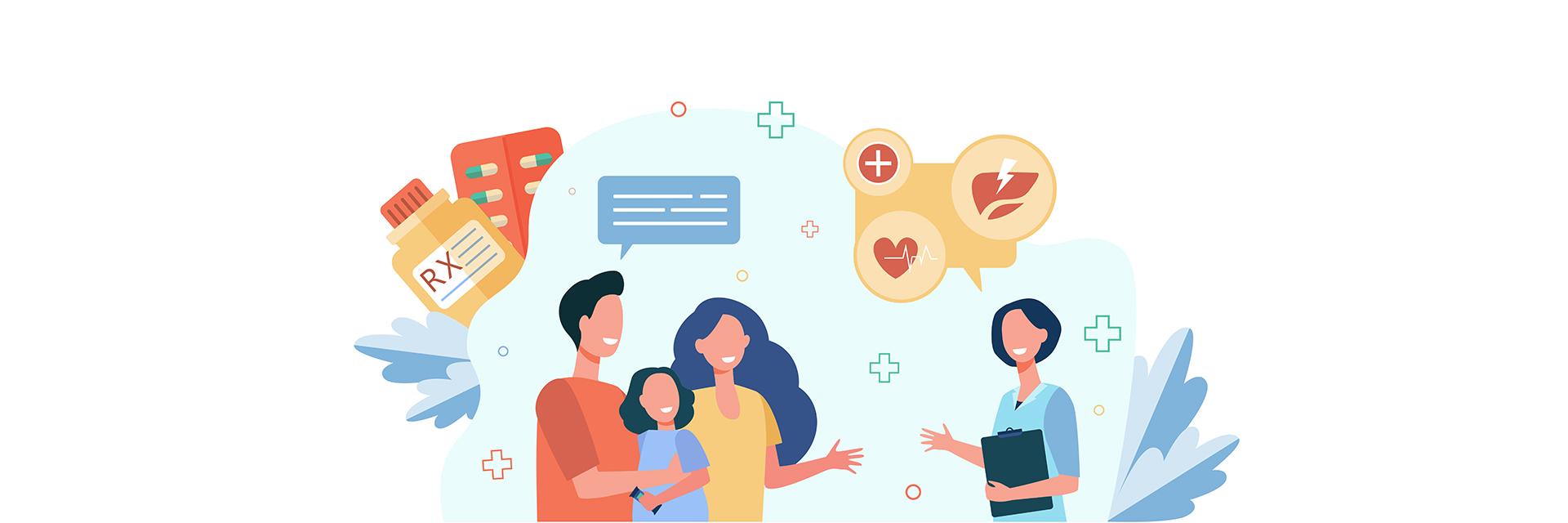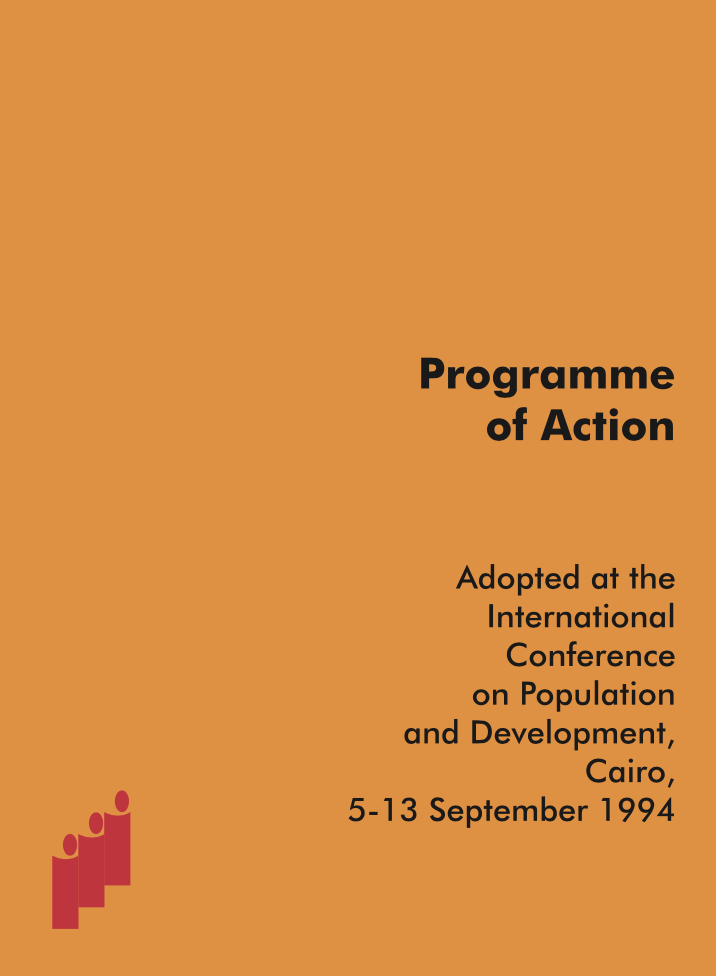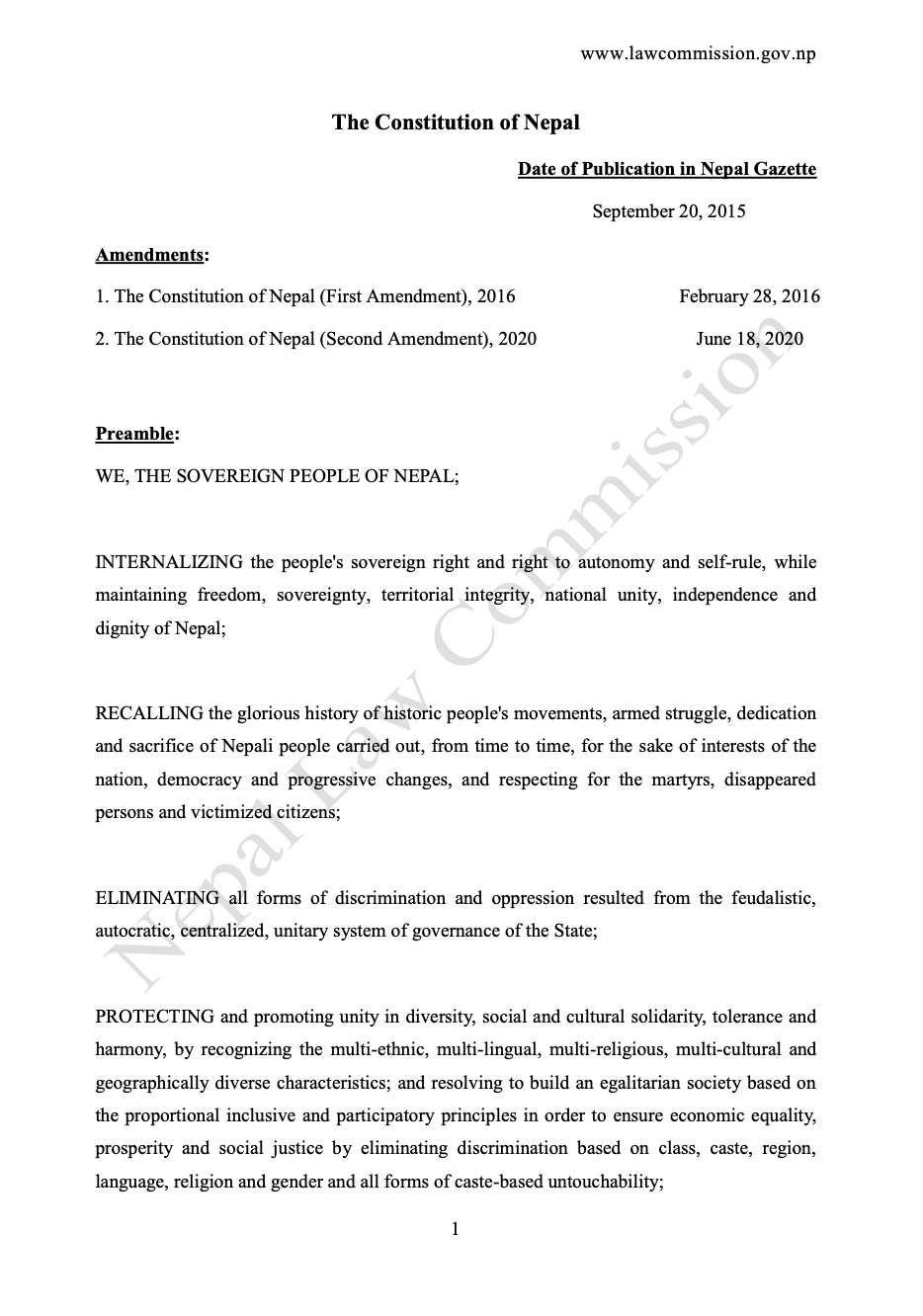Puberty is a transitional period where adolescents undergo emotional and physical changes. When adolescents reach puberty, their sexual and reproductive organs start to mature consequently leading them to become sexually mature and capable of reproduction. The emotional and physical changes are contributed by the production of chemicals called hormones which are produced during puberty. Although puberty usually begins between the ages of 8 and 13 years in females while for males it starts between 9 to 14 years, some people have their puberty earlier than others which is influenced by factors such as genes, nutrition, physical activity and illness. Puberty can be exciting, overwhelming and confusing at the same time as young people face a range of physical, emotional and social changes in their lives. The curiosity about sex is heightened which may lead adolescents to explore their sexuality. As adolescents enter puberty, society’s perception towards them shifts as they are expected of greater responsibilities and sometimes compelled to conform to gender roles. As young people go through a lot of change during puberty, it is very important to take care of oneself, physical, mental and sexual health. Peer circles become a big influence in the lives of young people during puberty so one needs to be aware of their habits including consumption of proper nutrition, physical exercise, and avoiding engaging in substance abuse.
| Changes common in all genders | Changes observed in girls | Changes observed in boys |
|---|---|---|
| Growth in height Pubic hair around genitals and under arms develop Acne or pimples might appear More perspiration and sweating More sexual feelings due to hormonal change |
Breasts start to develop Ovulation and menstruation begin Widening of hips Daily vaginal discharge Change in voice |
Facial and chest hair develops Deepening of voice, broadening of shoulders Nocturnal emission initiates, sperm starts being produced and ejaculation happens. Erection tends to happen for no reason. |
Bodies with a female reproductive system undergo a natural process that occurs every month starting from menarche (the first menstruation) to menopause (a complete halt in menstruation, usually takes place between 45 to 55 years of age), known as menstruation. On average a menstrual cycle is 28 days. However, healthy menstrual cycles may expand from 21 days to 37 days.
In an average 28-day menstrual cycle, the follicular phase takes place between the first day of menstruation to day 14. Estrogen is a prominent hormone in the follicular phase and is responsible for the growth of the endometrial layer of the uterus. In this phase, the primordial follicle starts maturing into a Graafian follicle eventually leading the Graafian follicle to become a mature follicle. This leads to ovulation. In an average 28-day cycle, ovulation occurs on the 14th day.
The phase occurs from day 14 to day 28 of the menstrual cycle. The endometrium gets ready for implantation of the fertilised ovum by increasing its vascular supply and stimulating more mucous secretions. Progesterone acts on the hypothalamus to increase body temperature during the luteal phase. If pregnancy occurs, a fertilised ovum is implanted within the endometrium. However, if no fertilised ovum is implanted, then the estrogen and progesterone decrease rapidly causing the shedding of endometrial tissue as part of menstrual blood. On average menstruation lasts for 3-5 days but it can be short as 1 day and long as 8 days in a normal female. The amount of blood loss can range from slight spotting to 80 mL and the average being 30 mL. Loss of more than 80 mL of the blood is considered abnormal.
Ejaculation is the ejection of semen through the urethral opening.
When the penis is aroused right before ejaculation, fluid is discharged which is known as pre-ejaculate. The fluid acts as a natural lubricant which contains sperm and can cause pregnancy. It can also transmit sexually transmitted infections including HIV. Therefore, if you are unsure about your partner's status consider the use of contraception.
To masturbate is to provide sexual pleasure by touching yourself. Masturbation is totally normal and one can masturbate irrespective of being sexually active with other people or not.
There are many reasons why people masturbate. The foremost reason is people want to pleasure themselves, while masturbating can also help them relax and understand their bodies better. Any person despite their relationship status can masturbate and it is normal. Masturbation is completely a personal decision.
Some people masturbate every day, more than once a day while some once every week or once every few weeks while some never. And these are absolutely normal. There should be no shame attached to masturbation and it is completely healthy. As stated by Planned Parenthood, masturbation becomes “too much” only when it gets in the way of your job, responsibilities, or your social life. If this is an issue then you should seek support from a counsellor or therapist.
Safer sex or safe sex is an important practice to keep yourself and your partner protected from Sexually Transmitted Diseases (STDs). Any kind of oral sex, anal sex, vaginal sex or activity which involves sharing sexual fluids can cause STDs.
The best way to practice safe sex is by using barriers such as condoms, internal condoms and dental dams every time one has sex including oral, anal, vaginal and even while sharing sex toys.
It is crucial to get yourself tested for STDs despite practising safer sex. This is because most people with STDs will not have any symptoms or know that they are infected. So, getting yourself tested will allow you to know your status and seek treatment if required.
During ejaculation, the semen is released into the vagina which consists of millions of sperm. Out of all the sperm released, it only takes one sperm to fertilise a single egg which is released every month during the time of ovulation.
If the sperm meets the egg then it is known as fertilisation. After fertilisation, the fertilised egg moves towards the uterus where it begins to divide into more cells to form a ball of cells. If this ball of cells attaches to the uterus lining then it is called implantation. This is the start of pregnancy. It takes almost 6 days for implantation to occur and about 3-4 days for it to complete.
If the egg does not meet sperm then the lining of the uterus which has been thickened sheds off during menstruation.






